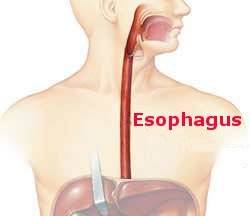The last two posts reviewed the thoracic surgical thought that informs the decision-making process for a patient being evaluated for a lung cancer operation. If the cancer is potentially curable and pulmonary assessment shows the patient will have sufficient lung function after the operation it’s a go. But a third and final decision awaits the surgeon. There are three options available for the performance of a procedure. Go back 20 years or earlier and there was only one way to operate: surgeons performed a thoracotomy, a generous chest incision, and with the chest open used their hands and instruments to remove the appropriate amount of lung. That approach remains a legitimate choice but it has been joined by two new options, both of which are deemed minimally invasive.
A thoracoscopic procedure using hand manipulated instruments and a video camera inserted through small incisions has been shown to be as safe—the mortality associated with this approach is not increased and the morbidity is even less than with the open procedure—and to provide the same cure rate as the older method.
The thoracoscopic operation can be performed using a (misnamed) robotic technique during which the surgeon, seated at a nearby console rather than at the patient’s side, manipulates a camera and “arms” which hold instruments similar to those used during a thoracoscopic operation as described above. The robotic technique is attractive to surgeons as it provides a three-dimensional view and the arms can be easily manipulated through 360°. As the “robot” is expensive and results obtained with its use have not been shown to be better than with standard thoracoscopy, the future of robotic surgery is, however. uncertain.



